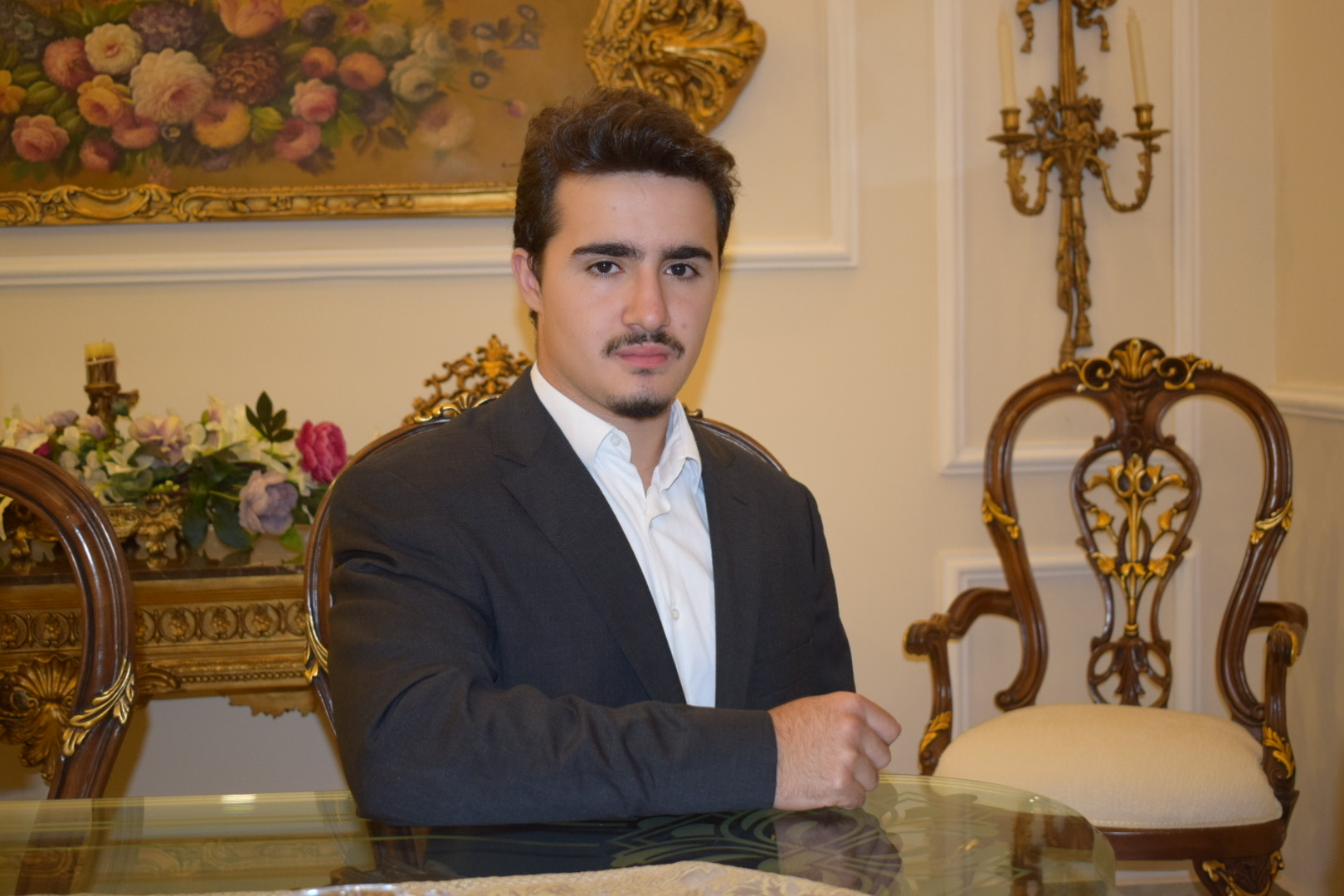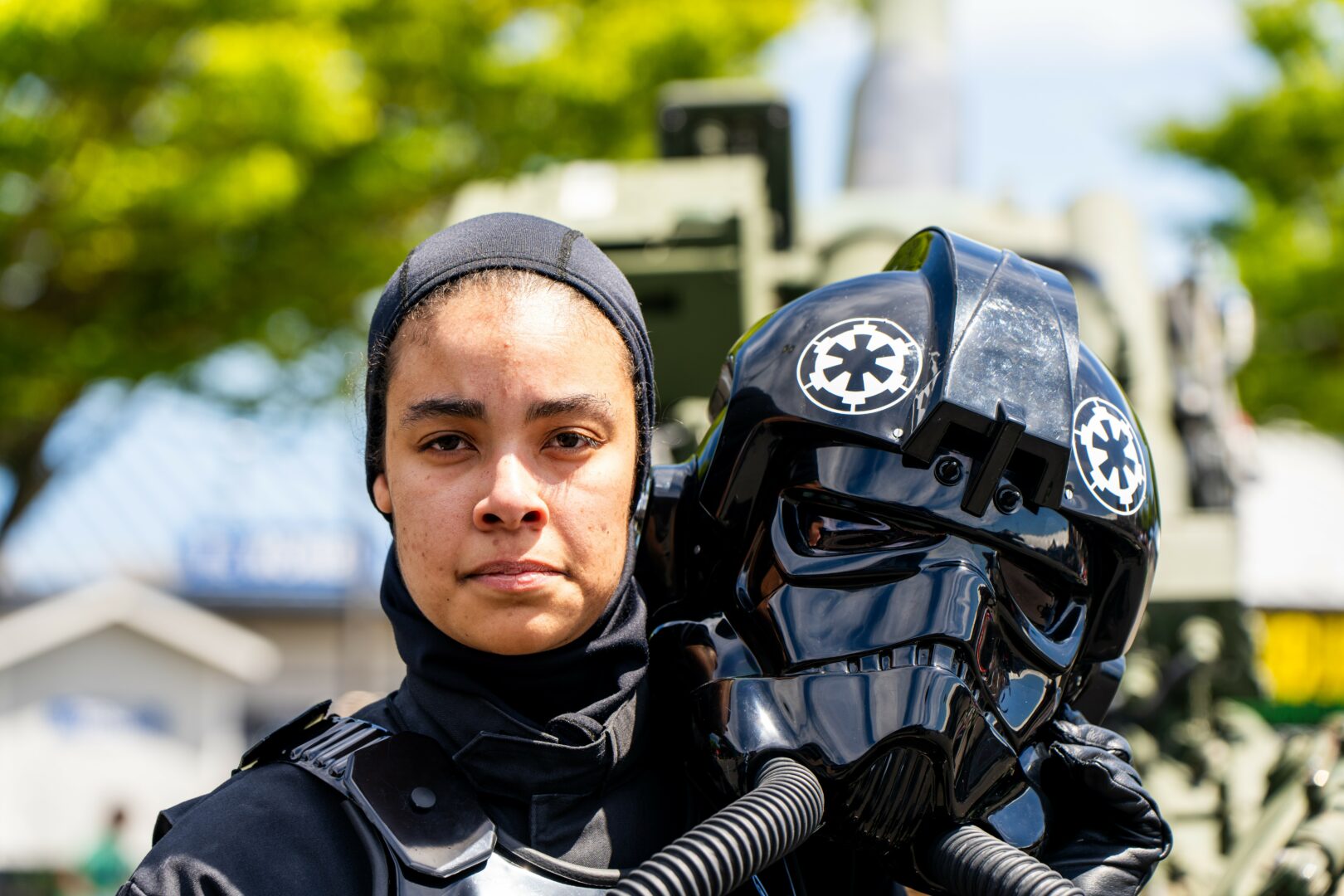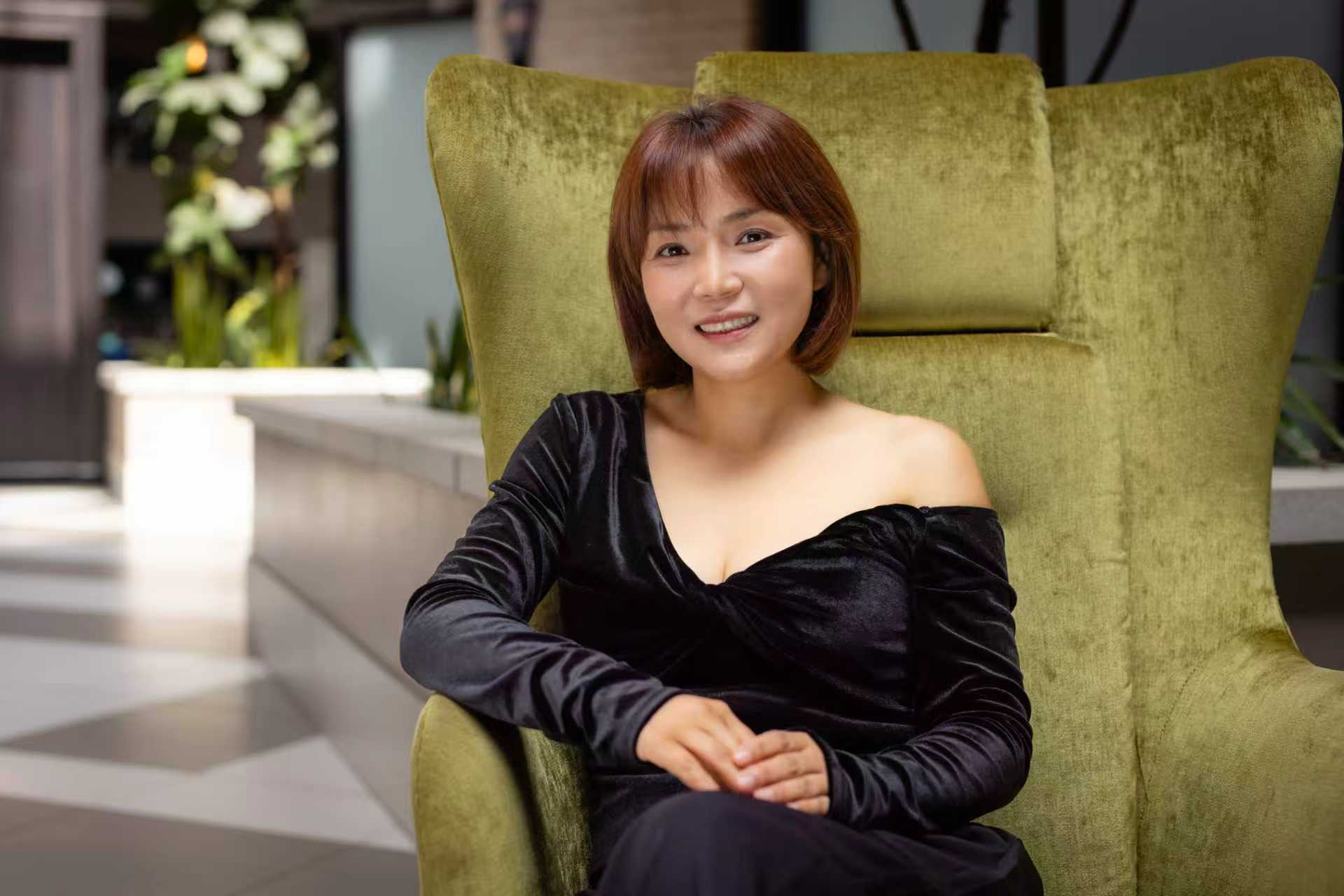We’re excited to introduce you to the always interesting and insightful Lily Abha Cratsley. We hope you’ll enjoy our conversation with Lily Abha below.
Lily Abha, thank you so much for taking the time to share your lessons learned with us and we’re sure your wisdom will help many. So, one question that comes up often and that we’re hoping you can shed some light on is keeping creativity alive over long stretches – how do you keep your creativity alive?
I keep my creativity alive in two seemingly diametric ways: by engaging with more art and by distancing myself from art.
The first strategy involves filling my calendar with an abundance of stage plays, film screenings, concerts, gallery openings, and more. Whether it be a black tie event with a massive budget or a bumbling backyard mess, each performance challenges me to hone my taste and discover what choices I think work (or don’t work) in service of storytelling. And when I find myself so enmeshed in the narrative that this critical lens shuts up, that’s when I know I am watching something truly magnificent, something I hope to make my creative endeavors more like. Arguably my favorite section of this engagement is getting to debrief with a friend afterwards and unpack the experience we just shared. I personally prefer this observational and social artistic education to some of the other recommended forms like acting classes or screenwriting books.
The second strategy I employ to stimulate my creativity is leaving my calendar free from artistic commitments. A peer once advised me that the best thing I can do to become a better comedian is to simply live more of my life, to have more experiences. By meeting a diversity of people, encountering more sticky situations, and marveling in the surprises of new places, my rolodex of funny characters, layered conflicts, and complex emotions naturally expands. As such, I try to save time for travel, for family, for outdoor adventures, for delicious food, and for carefree nights. Whether alone or with company, there is so much inspiration out there in the world to nourish my art and my soul—inspiration I cannot find isolated behind my writer’s desk or inside a rehearsal room.

Appreciate the insights and wisdom. Before we dig deeper and ask you about the skills that matter and more, maybe you can tell our readers about yourself?
I am a storyteller best known for my work as a playwright and performer. I’ve spent most of my career thus far focused on stage work, writing and producing two full-length plays, ABCD and The Fairy Who Cried Gems, launching a sketch comedy duo called How I Met Your Masi, and performing in various other plays, musicals, staged readings, concerts, and choirs. Recently, however, I have been challenged to expand my storytelling into new forms, including film and radio. A group of friends and I formed a creative collective, Dog House Global, that has participated in both 24 and 48 hour film festivals, and I recently received my first commission from Zanni Theatrics to write a short radio play. As my creative endeavors have crossed mediums, I’ve been pleasantly surprised to find my aesthetic compass feels unwavered.
Within all forms of storytelling, I find myself drawn to write love letters. Many of these are for Desi women in my life who have never seen their experiences explored in media before—like my mother in ABCD or my younger sisters in The Fairy Who Cried Gems. Some are even love letters for myself, and by extension, for other South Asian women, exploring the things I wish I had known through my never ending process of “growing up.” For example, Arasha Lalani and my upcoming How I Met Your Masi show honors our experiences healing from heartbreak through female friendship.
Time and time again I find myself drawn to tell healing stories for the people I care about. I am a storyteller, but more specifically, I am often a writer and performer of love letters.

There is so much advice out there about all the different skills and qualities folks need to develop in order to succeed in today’s highly competitive environment and often it can feel overwhelming. So, if we had to break it down to just the three that matter most, which three skills or qualities would you focus on?
I am not a big fan of lists, but when I am asked to make them, I find alliteration helps. So I would say conviction, collaboration, and community are three leading values in my artistic pursuits.
I say conviction, and not confidence (even though that would remain alliterative), very intentionally. You need not believe that other people will like your work or that it is the greatest or most commercially viable story, but you do need to believe that it is necessary that this story is heard and commit yourself to telling it well. Mission-oriented art has served me well so far in my creative processes. My desired audience needs to hear this message, so I try to do everything I can in service of them hearing it effectively. That doesn’t mean the way I tell the story will please or make sense to all types of crowds, but the piece will ultimately say something very true, which is far more important in my mind.
Second, I believe no piece of mission-oriented art can be made well in isolation, so I always center collaboration. When I write about Desi women, I ask Desi women to read, perform, and give feedback on my work. When I write about romance, I ask people who have experienced great love and heartbreak what resonates with them and what doesn’t. When it comes to my favorite form of art, the live play, collaboration becomes even more vital, and, dare I say, reaches its most rich potential. With each production, a new set of minds shape, interpret, and perform the written text. Even further, every individual performance is shaped by that specific audience’s reception and immersion into the story. As a playwright, it seems only natural to me for an art form that is received collaboratively to also be written collaboratively. That is why I have always felt I cannot make script edits without feedback and ideas from the artists I hope to work with and audiences I am trying to reach.
And finally, I believe in surrounding myself by a community of peers who challenge me to grow alongside them. This is different from collaboration, in that we may not ever work on artistic projects together, but we support each other’s work and learn through witnessing each other’s experiences. I believe that all of my best friends are brilliant in their crafts, whether that be dancing, pottery, music production, photography, fitness coaching, or community organizing. Watching them excel in their respective passions pushes me to be better in mine. And even further, watching them demonstrate strength in areas I feel weak challenges me to emulate their skills in my own life. I believe in surrounding myself by people who have attributes I admire, and in watching them shine and simply through loving them in all their glory, I learn to shine a little more myself.

What’s been one of your main areas of growth this year?
It has now been almost a year since my first play as a professional playwright ABCD opened at Greenway Court Theatre in Los Angeles. I struggle to remember the woman I was before that production, as it rapidly launched me headfirst into the whirlwind we like to call “Hollywood.” In so many ways, Hollywood has been exactly what I was always told it was and nothing at all like I expected. As the media might suggest, it is often cutthroat ladder climbing and elitist networking at its worst. But I have also been pleasantly surprised by the number of generous collaborators I’ve met and the saturation of artistic opportunities around every corner. As I have stumbled through the past 12 months, I have learned how important it is to hold on to that latter experience and reject the former as much as I can.
When I first started attending mixers and events for industry professionals, I think I was a bit naive. I shared a lot of my heart and time with folks who viewed me and my art as a commodity. I found myself exhausted every week from coffee meetings and Instagram exchanges with artists who had heard of or seen my play, most of whom seemed to want to pitch themselves as an actor for future productions, propose a joint project, or ride the clout they believed I had (which in actuality is incredibly limited), all under the guise of friendship. I had to learn to discern who was truly interested in me—not for what they believed I could give them, but—because they enjoyed my play and recognized that my art was an extension of who I was, and therefore, that they might also enjoy spending time with and growing alongside me.
My skin has thickened over the past year navigating this terrain, but I am so grateful for the magnificent new connections I have been able to nourish as a result. Most recently, I produced and performed my solo show, The Fairy Who Cried Gems, at the Hollywood Fringe Festival. On opening night, I was overwhelmed with gratitude for the community of friends, new and old, who embraced that piece of me so generously from the audience. The run was a great success in many of the same ways ABCD was, receiving sold-out crowds and an extension, but this time around I was ready to take on the onslaught of possibilities that followed with a greater shield around my heart.
Contact Info:
- Website: www.lilyabha.com
- Instagram: www.instagram.com/labhac
- Other: How I Met Your Masi: www.instagram.com/howimetyourmasi


Image Credits
Pavithra Ramasubramanian, courtesy of Lily Abha Cratsley, David Haverty, Hari Ganesh, David Herschorn, courtesy of Lily Abha Cratsley




